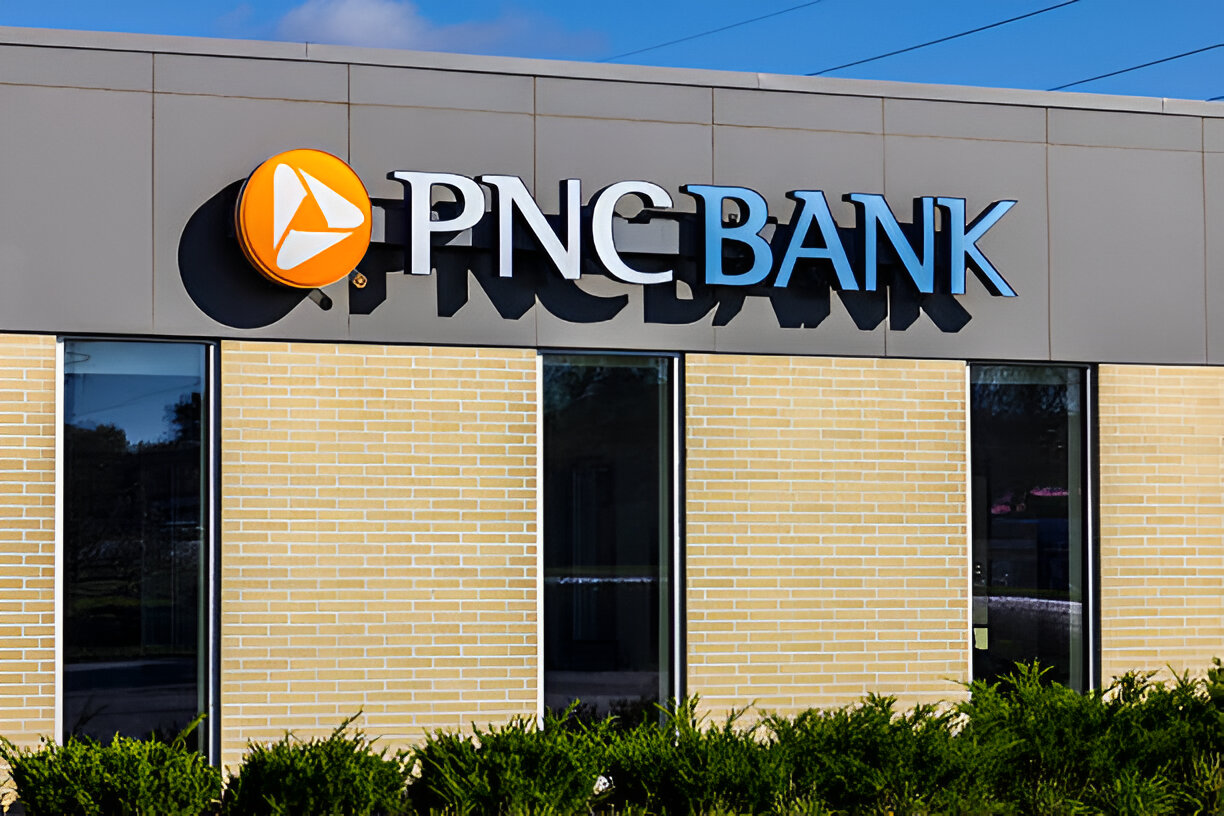Introduction
The banking industry in the United States is one of the largest and most influential in the world. American banks are not only vital to the country’s financial system but also play a central role in global markets. From retail services like checking accounts and mortgages to massive corporate financing and investment banking, U.S. banks cover a wide spectrum of financial needs.
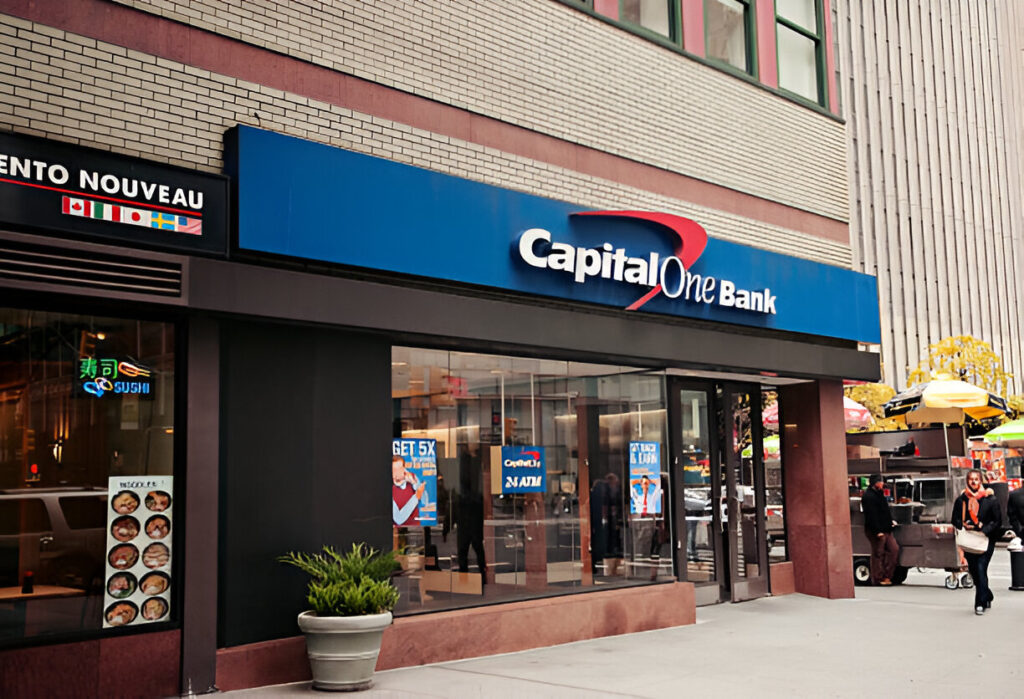
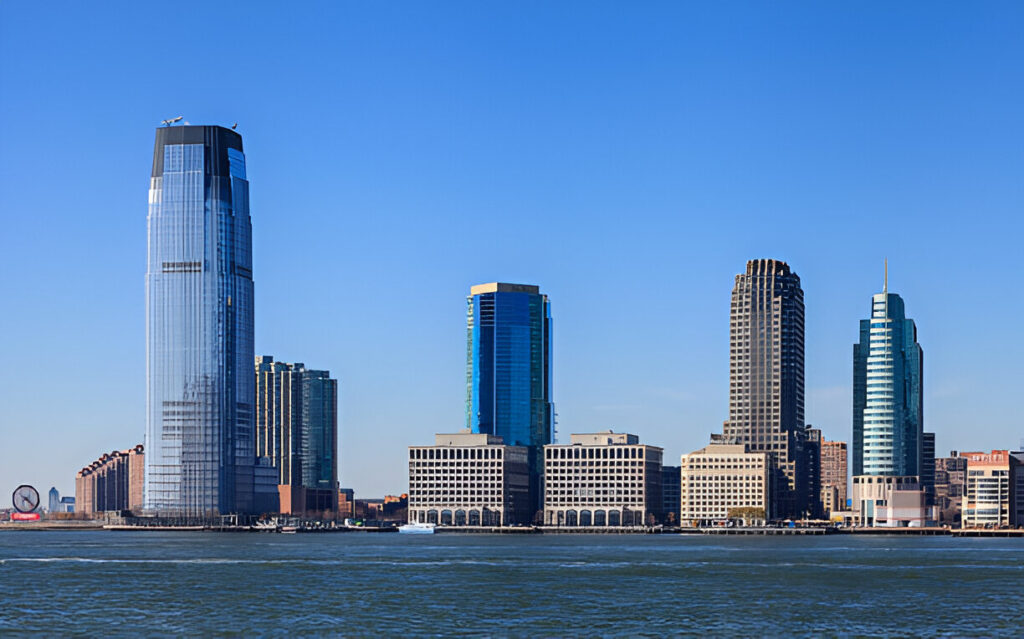
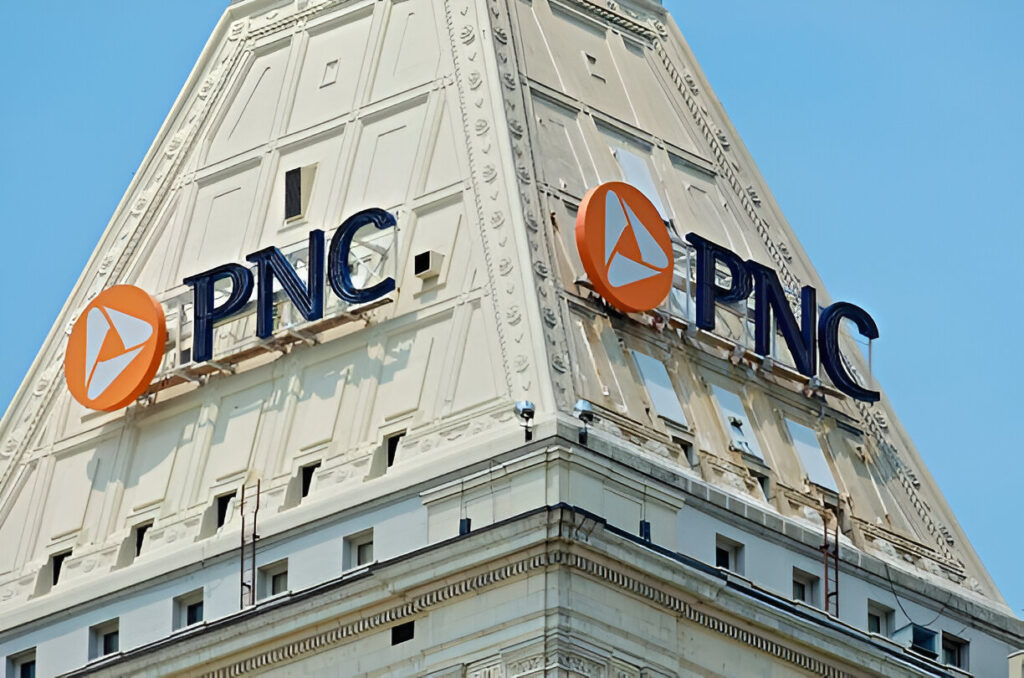
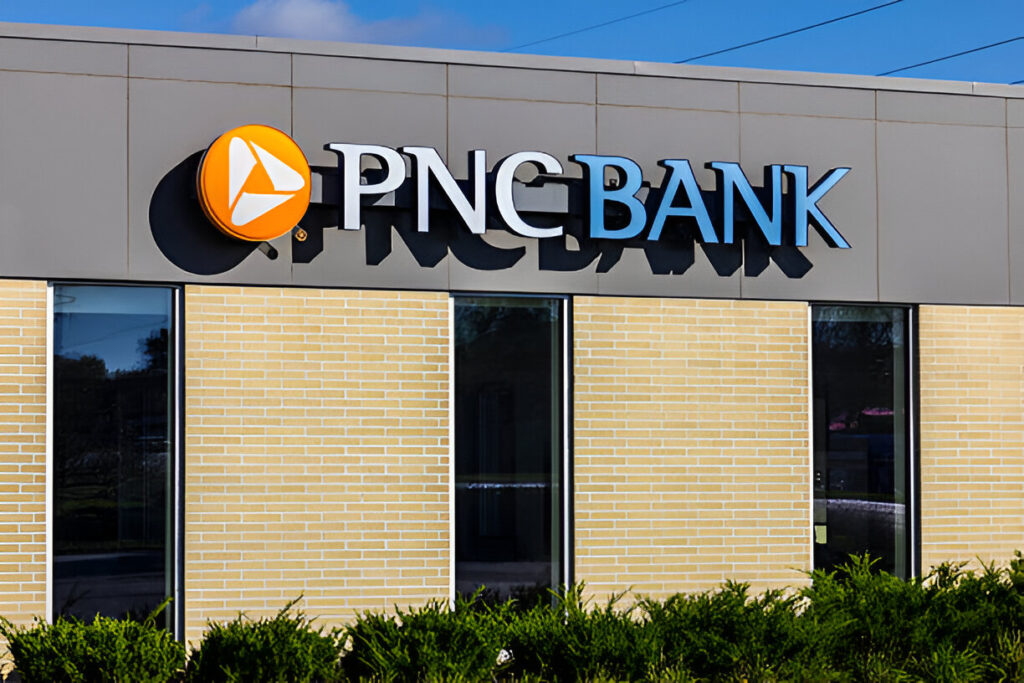

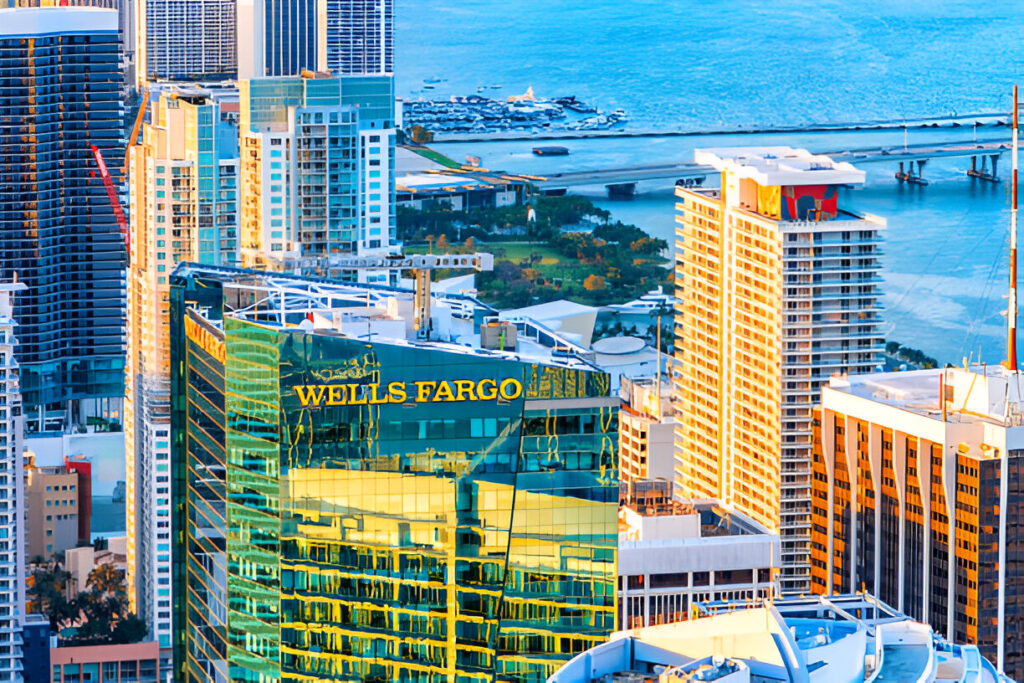
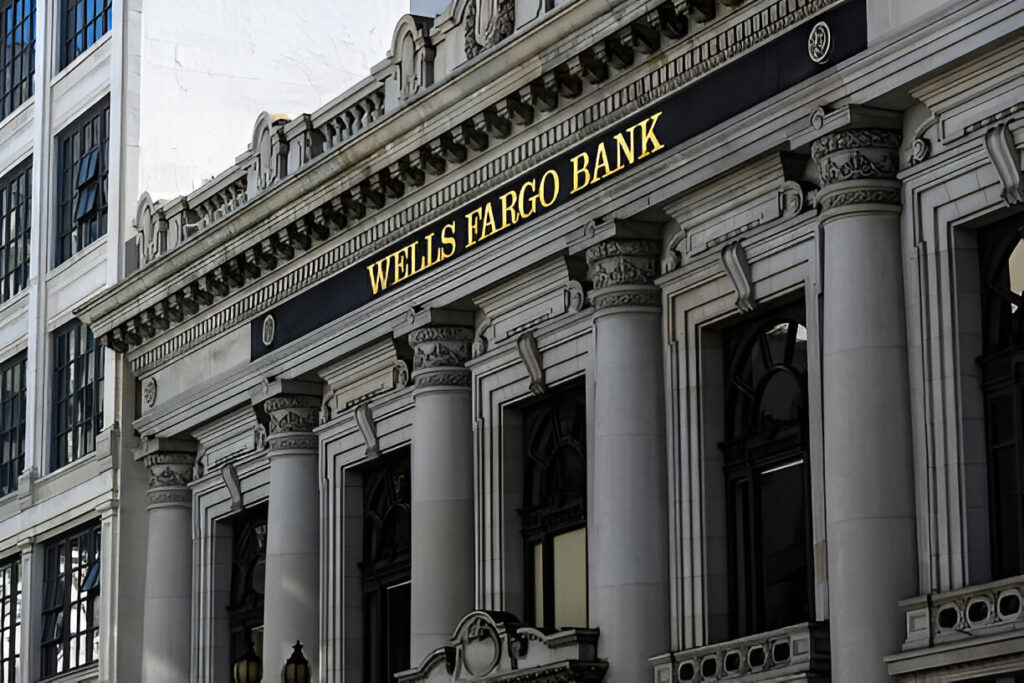
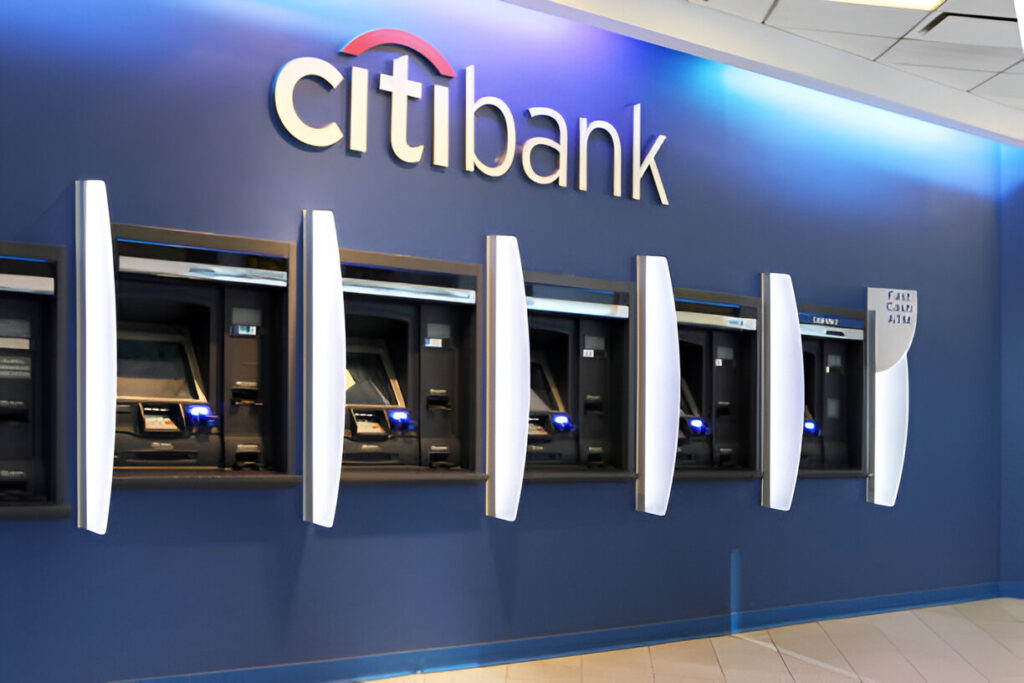
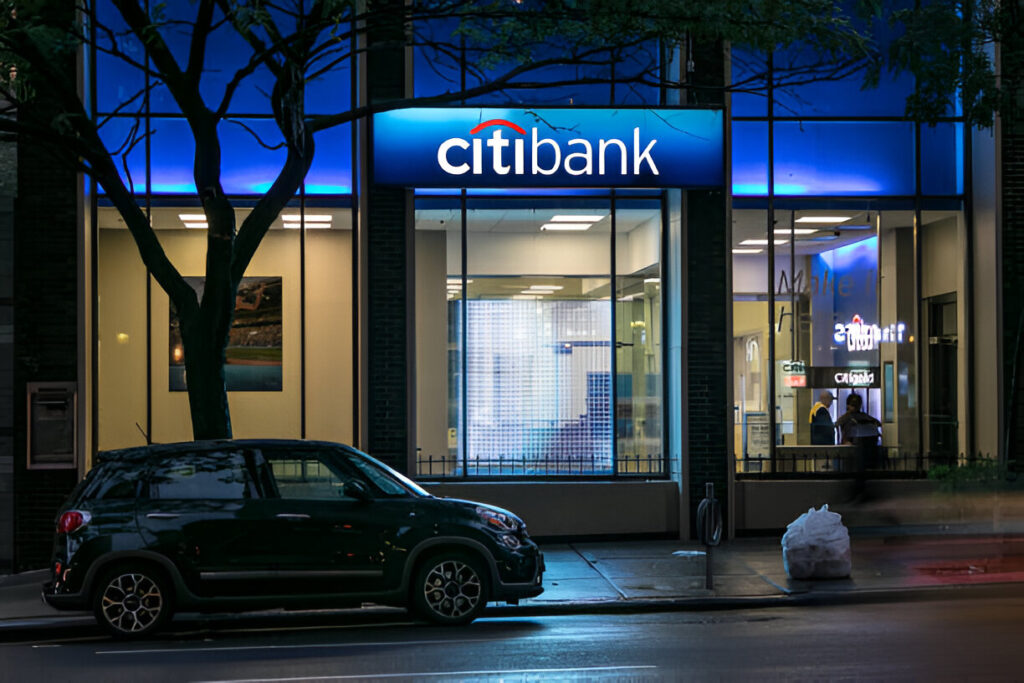

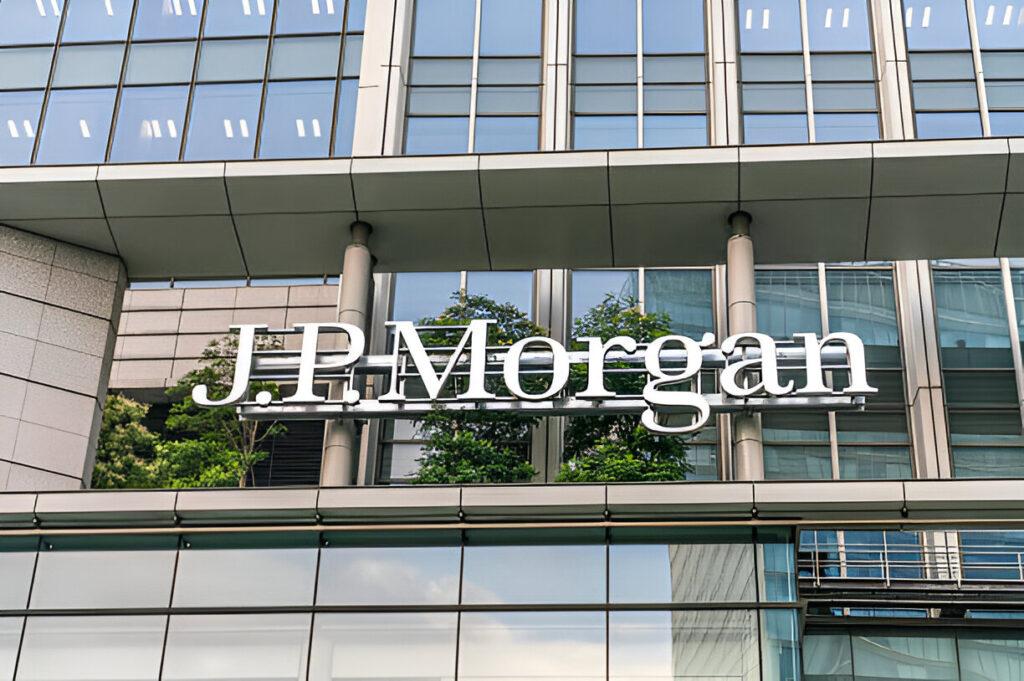

For consumers and businesses alike, choosing the right bank can have a major impact on financial growth, security, and convenience. In this guide, we will explore the Top 10 Banks in the USA, covering their histories, products, unique strengths, and contributions to the economy.
JPMorgan Chase & Co.

JPMorgan Chase, often referred to simply as Chase, is the largest bank in the United States by assets, with over $3.9 trillion under management as of 2025. It is also among the largest financial institutions in the world.
The bank is the result of numerous mergers over centuries, with roots tracing back to Aaron Burr’s Manhattan Company in 1799. Today, it operates as both a retail banking powerhouse and a leading investment bank.
Chase offers consumer banking, mortgages, auto loans, credit cards, and small business services, alongside corporate and investment banking. Its Chase Sapphire credit cards are some of the most popular travel rewards products in the U.S.
Its digital presence is also exceptional. The Chase mobile app is consistently ranked among the best in the industry, with features like Zelle integration, mobile check deposits, budgeting tools, and credit score monitoring.
JPMorgan Chase stands out not only for its consumer services but also for its global influence in capital markets, mergers and acquisitions, and asset management. It is a trusted name for both everyday consumers and Fortune 500 companies.
Bank of America

Bank of America is the second-largest bank in the USA, with assets exceeding $3.2 trillion. Headquartered in Charlotte, North Carolina, it is a true retail banking giant with branches and ATMs across the country.
Bank of America serves more than 68 million consumer and small business clients. Its offerings include checking and savings accounts, credit cards, home loans, auto loans, and investment services through Merrill (formerly Merrill Lynch).
One of its biggest strengths is the Preferred Rewards program, which boosts customer benefits like higher interest rates on savings, lower loan rates, and extra credit card rewards for clients who keep deposits or investments with the bank.
For students and young adults, Bank of America offers tailored credit cards and accounts to help build financial foundations. For wealthier clients, it provides private banking and wealth management services.
It is also highly invested in digital banking innovation, with Erica — a virtual financial assistant — guiding users through spending insights, bill reminders, and savings goals.
Wells Fargo

Wells Fargo, founded in 1852 during the California Gold Rush, is a bank with one of the richest histories in American finance. Today, it holds over $1.7 trillion in assets, ranking among the top three or four in most lists of U.S. banks.
The bank operates a wide retail banking network, with thousands of branches nationwide. It is known for checking and savings accounts, mortgages, personal loans, credit cards, and a strong presence in commercial lending.
Wells Fargo is particularly strong in mortgage lending, historically being one of the largest home loan providers in the country. It also plays a significant role in small business financing.
Although Wells Fargo faced challenges in the past decade due to scandals involving fake accounts and regulatory scrutiny, the bank has worked to rebuild trust. Its customer service focus, digital upgrades, and community banking approach continue to make it a major player.
Citigroup (Citi)

Citi, or Citigroup, is a global powerhouse in banking and financial services. Headquartered in New York City, it holds more than $1.7 trillion in assets and operates in over 100 countries.
For U.S. consumers, Citi offers checking, savings, credit cards, mortgages, and personal loans. Its Citi Double Cash Card is one of the most popular flat-rate cashback credit cards.
However, Citi is particularly strong in global banking, investment services, and international wealth management. For individuals who travel or conduct business abroad, Citi’s global ATM and branch access is a major advantage.
Its digital services, like Citi Mobile App and wealth management tools, also make it competitive in the retail space. What truly distinguishes Citi, however, is its global footprint, which few other U.S. banks can match.
U.S. Bancorp (U.S. Bank)

U.S. Bancorp, operating as U.S. Bank, is headquartered in Minneapolis, Minnesota. With assets of around $700 billion, it is the fifth-largest commercial bank in the country.
U.S. Bank is highly respected for its conservative management style and strong customer trust. It offers personal banking, mortgages, auto loans, wealth management, and a growing digital banking platform.
Its FlexPerks Rewards credit cards are popular among customers looking for straightforward rewards and travel perks. The bank has also invested heavily in digital services, providing a robust mobile app and online banking system.
While U.S. Bank does not have as many branches as giants like Chase or Wells Fargo, it maintains a strong presence in the Midwest and West.
PNC Financial Services


PNC Bank, headquartered in Pittsburgh, Pennsylvania, has assets exceeding $600 billion and is one of the largest regional banks in the U.S.
PNC is known for innovation in digital banking. Its Virtual Wallet product combines checking, savings, and budgeting tools into a single package, appealing to younger customers and tech-savvy users.
The bank offers full retail services, commercial lending, and wealth management. Its acquisition of BBVA USA expanded its reach nationwide, particularly in southern states.
PNC is also heavily involved in community development and education financing, offering a wide range of student loan options.
Truist Financial
Truist is a relatively new name in American banking, formed in 2019 from the merger of BB&T and SunTrust Banks. Despite being young as a brand, Truist is already one of the top 10 U.S. banks with assets exceeding $500 billion.
Headquartered in Charlotte, North Carolina, Truist combines traditional retail banking with digital innovations. It offers consumer banking, mortgages, auto loans, and wealth management.
Truist is particularly strong in the southeastern United States, with a large branch network. It also focuses on community banking, small business services, and insurance products.
Goldman Sachs

Goldman Sachs is primarily known as a leading investment bank, but in recent years it has expanded into consumer banking with its Marcus by Goldman Sachs brand.
With assets over $500 billion, Goldman Sachs dominates areas such as investment banking, securities, asset management, and wealth advisory. It is often involved in high-profile mergers, acquisitions, and IPOs.
For consumers, Marcus offers high-yield savings accounts, personal loans, and the Apple Card in partnership with Apple. This represents Goldman’s push to compete in digital banking and consumer credit.
Goldman Sachs remains an elite institution in finance, catering to both global corporations and individual investors.
Capital One

Capital One is one of the most recognizable names in consumer banking, particularly in the credit card space. With assets of around $470 billion, it is among the largest banks in the U.S.
Its credit card lineup — including the Capital One Venture Rewards Card and Capital One Quicksilver Card — is widely popular for travel and cashback rewards. Capital One has positioned itself as a tech-savvy bank, investing heavily in digital tools and mobile-first solutions.
Capital One also offers checking and savings accounts, auto loans, and business banking services. Its marketing campaigns, sponsorships, and widespread ATMs have made it a household name.
TD Bank (U.S. Division of Toronto-Dominion Bank)
TD Bank, branded as “America’s Most Convenient Bank,” is the U.S. arm of Canada’s Toronto-Dominion Bank. With assets of over $400 billion in the U.S., it ranks among the top 10.
TD Bank is known for its extended branch hours, often open late and on weekends, which sets it apart from many competitors. It offers checking and savings accounts, credit cards, mortgages, and small business services.
Its customer service and accessibility make it a favorite in the Northeast and Mid-Atlantic regions, where it has a strong branch presence.
Comparing the Top 10 Banks
While all these banks are massive institutions, each has unique strengths:
- JPMorgan Chase: Largest and most diversified, with global reach and top digital tools.
- Bank of America: Strong retail presence, powerful rewards program.
- Wells Fargo: Historic mortgage leader with wide branch access.
- Citi: International reach unmatched by most U.S. peers.
- U.S. Bank: Trusted regional powerhouse with conservative management.
- PNC: Innovator in digital banking and budgeting tools.
- Truist: New but strong, with a large southeastern presence.
- Goldman Sachs: Elite investment bank entering consumer finance.
- Capital One: Credit card leader with tech-driven focus.
- TD Bank: Convenience leader with customer-friendly hours.
The Future of U.S. Banking
The future of banking in America is being shaped by digital transformation, fintech partnerships, and customer expectations for convenience. Mobile apps, AI-driven financial advice, and cashless payment systems are becoming the norm.
Traditional banks, including these top 10, are investing billions in technology to compete with fintech startups. At the same time, they remain critical in lending, mortgages, and financial stability for both consumers and businesses.
Conclusion
The Top 10 Banks in the USA represent a blend of history, innovation, and financial power. From giants like JPMorgan Chase and Bank of America to innovators like PNC and Capital One, these institutions serve millions of Americans while influencing the global financial system.
Choosing the right bank depends on your needs. If you want convenience, TD Bank might be best. For global access, Citi stands out. For rewards and credit cards, Chase and Capital One lead. And for safe, reliable regional banking, U.S. Bank or PNC could be ideal.
No matter which you choose, these banks form the backbone of American finance, offering both everyday banking solutions and shaping the future of money worldwide.

